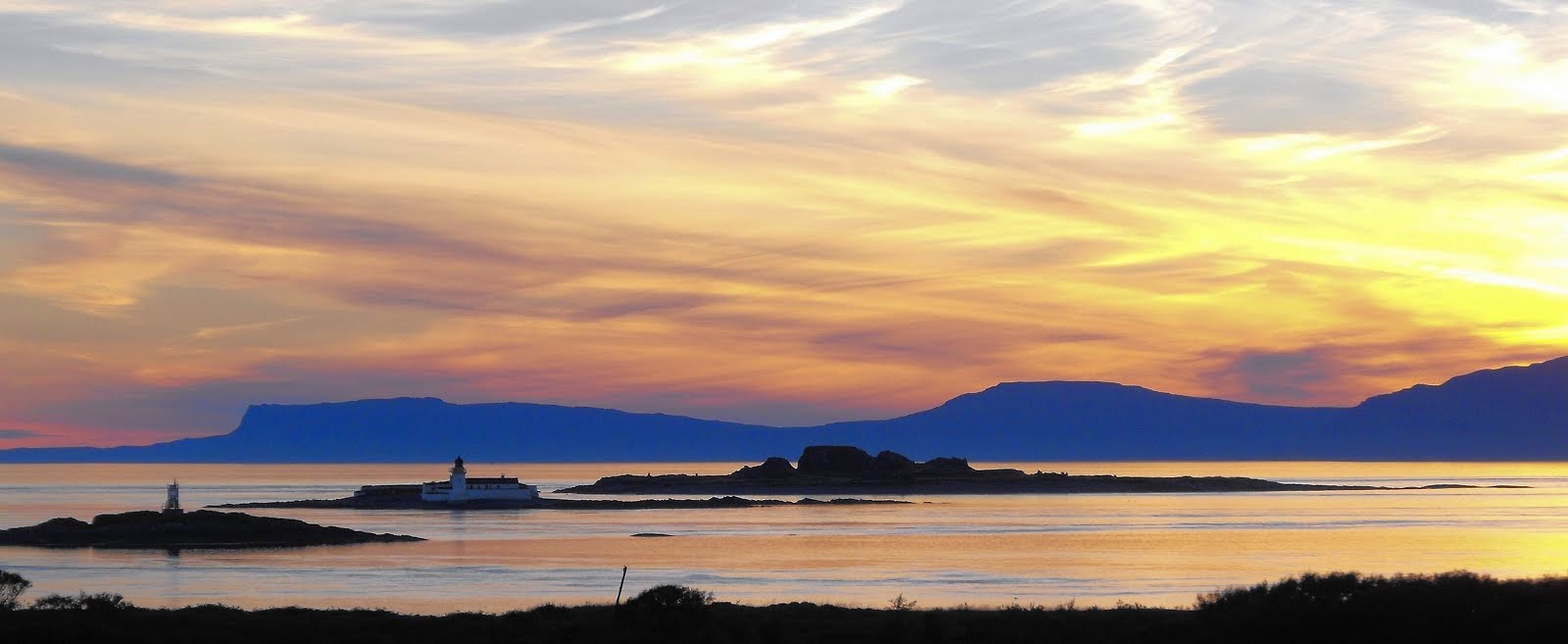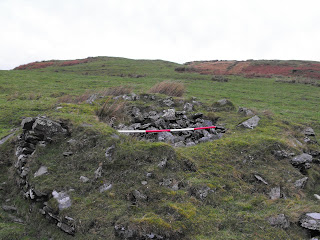Kelp burning or grain drying kilns of circular construction are numerous on Luing and surrounding Islands although there are examples of rectangular kilns. From ancient times man has been aware of the benefits of applying seaweed to his soil.In the 18th
century there was a demand from the industry for the various extracts obtained
by burning various seaweeds and the alkaline salts obtained by bleaching these ashes, were formerly much used in England for making soap and glass.
Kelp burning’s death knell was sounded in the early 1800s when the discovery of mineral deposits in Germany crippled the industry and it went into decline. The crofters would work from early June to the end of August at kelp burning
Pictures are of some of the sites of kilns,
these are numerous on Luing and surrounding Islands
and all are in various states of decay
Lechabuy kiln
Ballichuan
There was for a short period of time in the 1920s a purpose built processing plant or factory on the east side if Luing. It was sold to Kames but burnt down in the 1930s.








